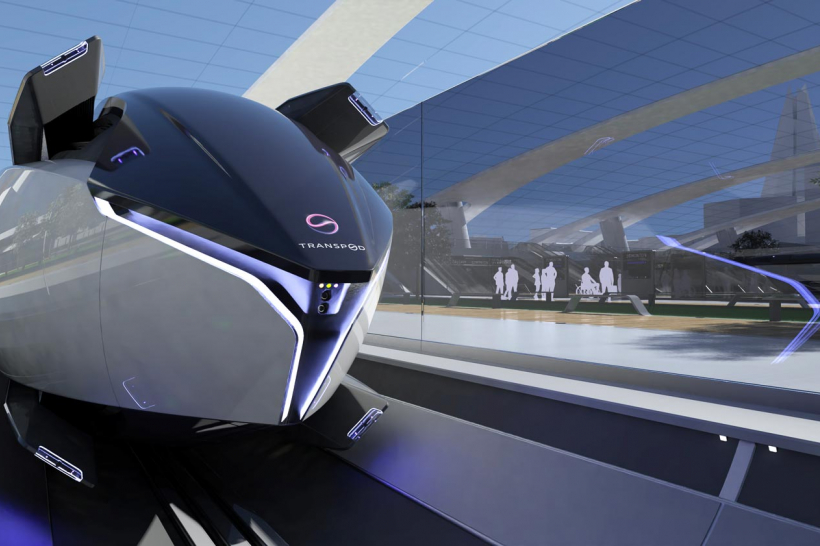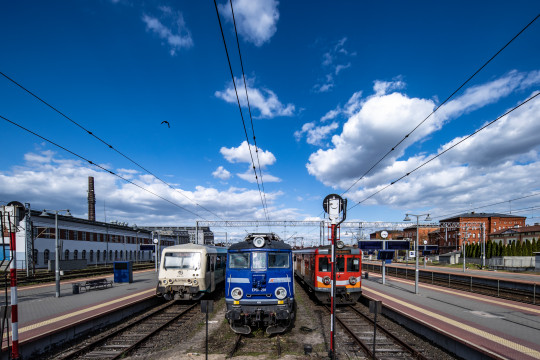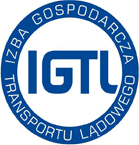
FluxJet - a 1000 km/h train
Tabor
7 września 2022

Transpod, a Canadian startup creating an ultra-high-speed ground transportation system, unveiled ‘FluxJet’ – a fully electric vehicle that is a hybrid between an aircraft and a train – capable of speeds over 1,000km/h.
TransPod’s goal is to disrupt and redefine commercial transportation between major cities in developed and emerging markets. The startup was founded in 2015 to build the world’s leading tube-transportation system to connect people, cities, and businesses with high-speed transportation that is affordable and environmentally sustainable.
Based on groundbreaking innovations in propulsion and fossil-fuel-free clean energy systems, the FluxJet is a fully electric vehicle that is effectively a hybrid between an aircraft and a train. Featuring technological leaps in contactless power transmission and a new field of physics called veillance flux, the FluxJet travels in a protected guideway at over 1000 km/h – faster than a jet and three times as fast as a high-speed train.
As with many other similar designs we've already seen, the FluxJet will also eliminate rolling resistance using mag-lev technology. In this case, however, it will only work if the train is out of town and ready to run on high-speed sections. The "landing gear" kit will not retract until the capsule has reached a speed of at least 300 km/h and is ready to accelerate to a top speed as high as 1200 km/h. Each 25 m capsule, holding up to 54 passengers or carrying cargo, will have four "levitation motors" receiving information from a visual positioning system that scans the tube from the front and adjusts the position of the capsule in the tube according to what it has in front of it.
The FluxJet will operate exclusively on the TransPod Line, a network system with stations in key locations and major cities, featuring high-frequency departures designed to enable fast, affordable, and safe travel. Most recently, TransPod confirmed $550M US finance and announced the next phase of an $18B US infrastructure project to build the TransPod Line to connect the cities of Calgary and Edmonton in Alberta, Canada. Preliminary construction work, including the environmental impact assessment, has begun. This critical project will create up to 140,000 jobs and add $19.2B to the region’s GDP throughout construction. Once the TransPod Line is in operation, it will cost passengers approximately 44 per cent less than a plane ticket to travel the corridor and reduce CO2 emissions by 636,000 tonnes per year.
At TransPod’s unveiling event in Toronto in July 2022, a scaled-down FluxJet was featured in a live demonstration showing its flight capabilities. The almost 1-tonne FluxJet vehicle demonstrated a take-off, travel, and landing procedure within its guideway.
“All the hard work over the past few years has led to this milestone moment where talk is becoming a reality. The technology is proven, and we have the confidence of investors, governments, and partners to continue pushing forward to redefine transportation effectively,” said Sebastien Gendron, co-founder and CEO, TransPod.



